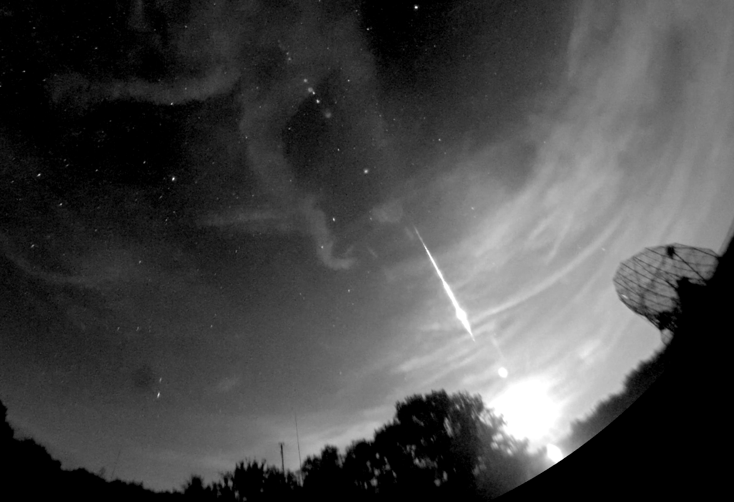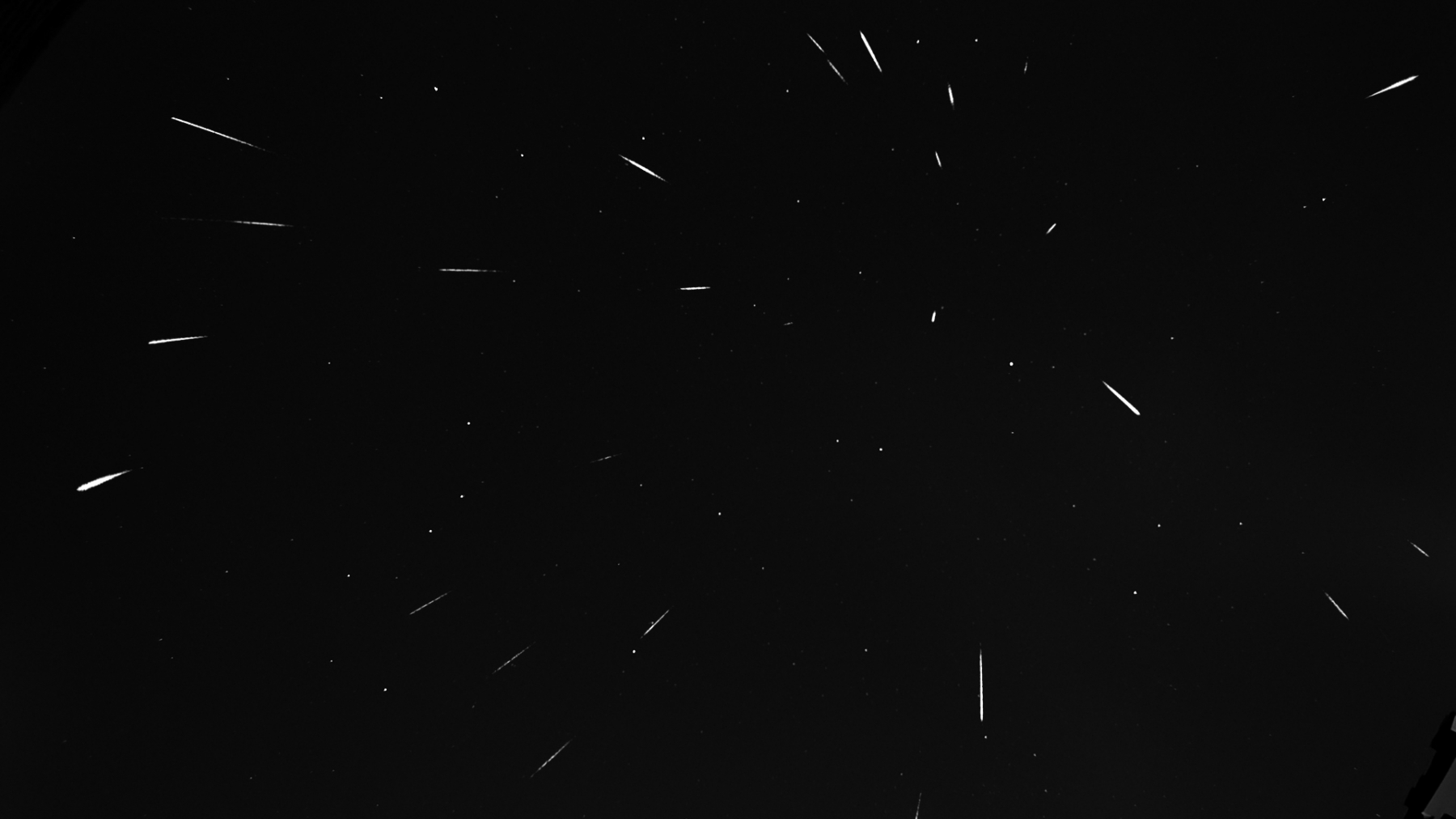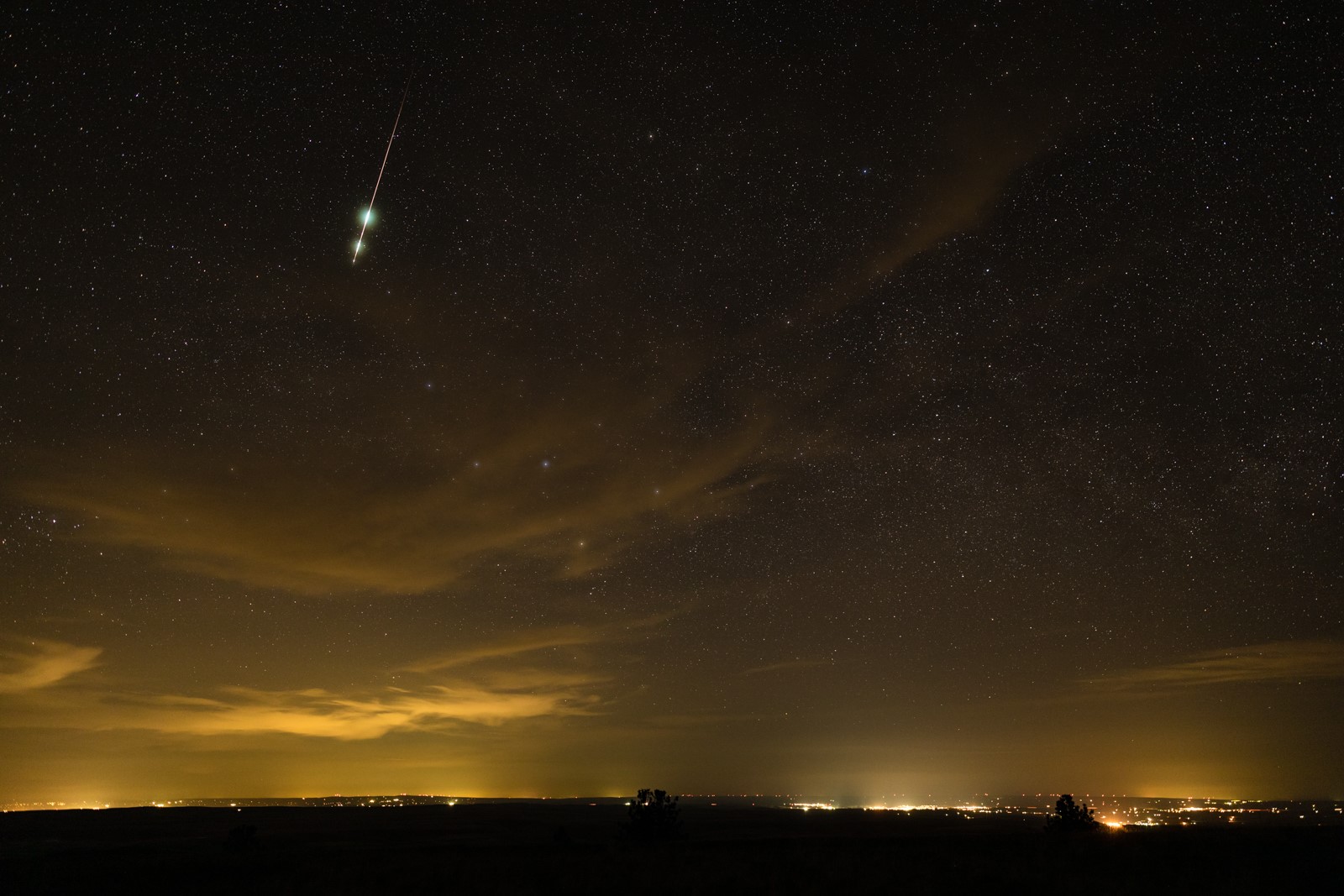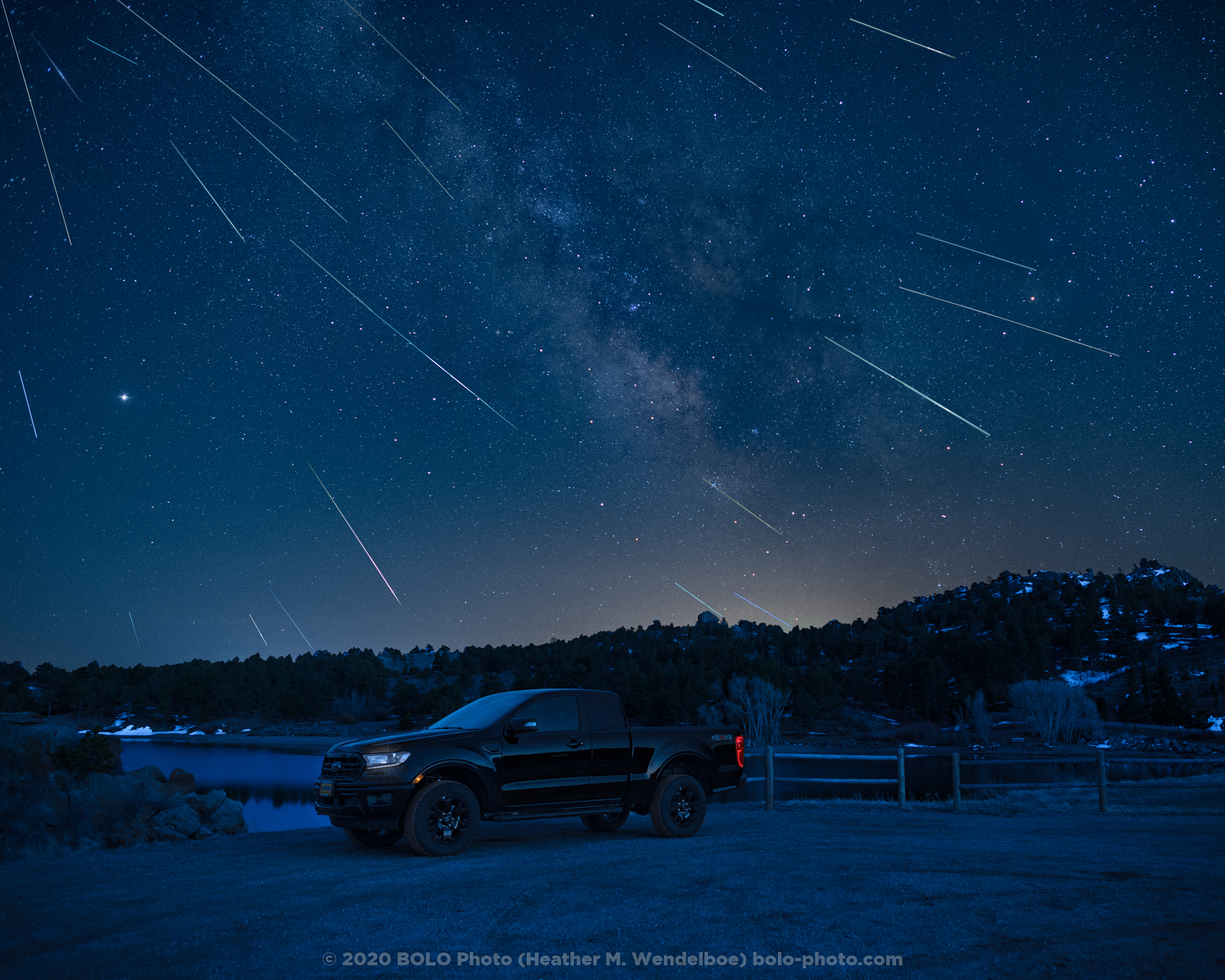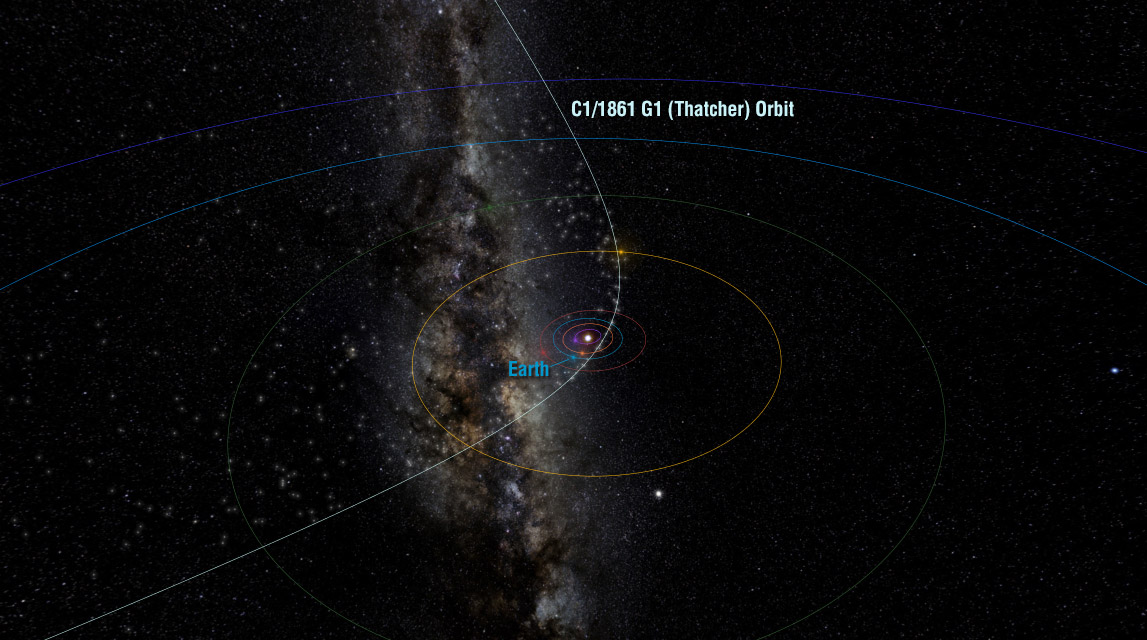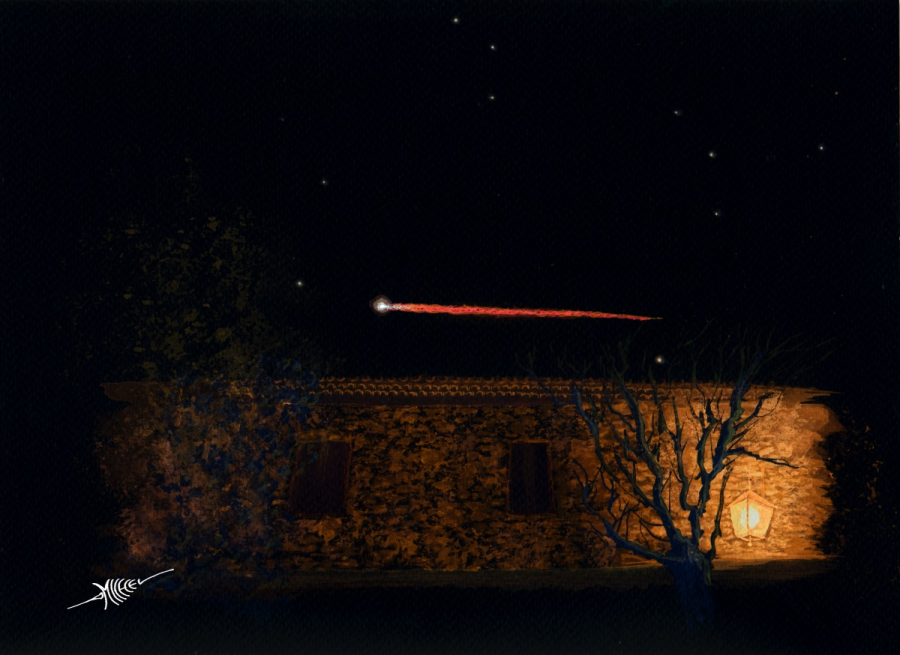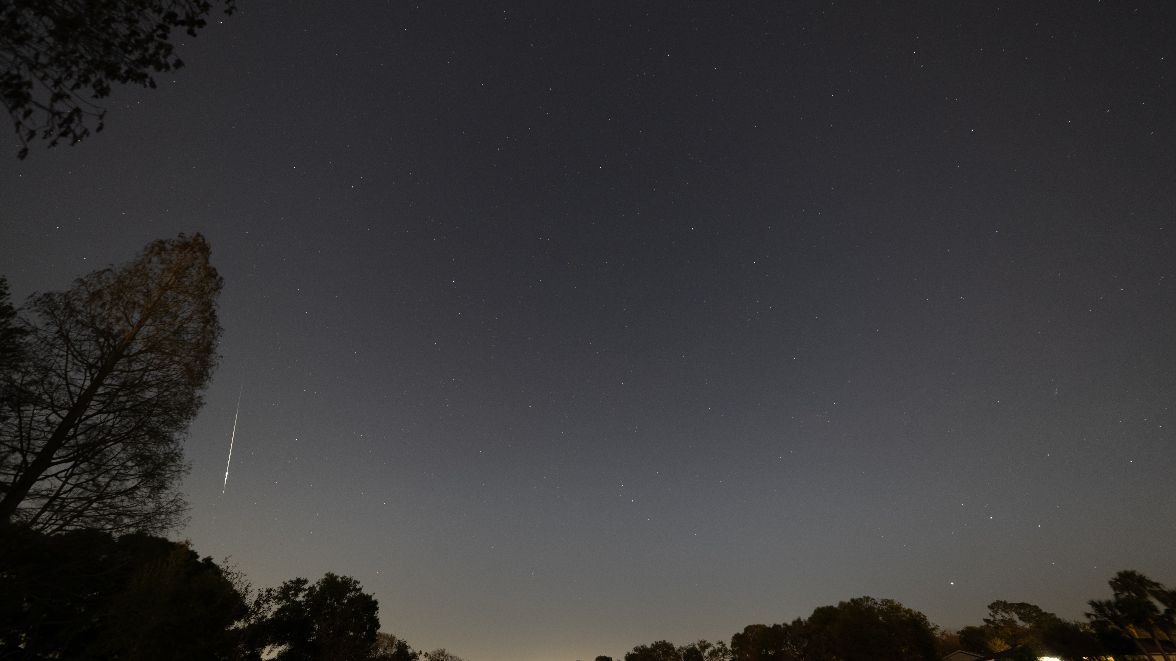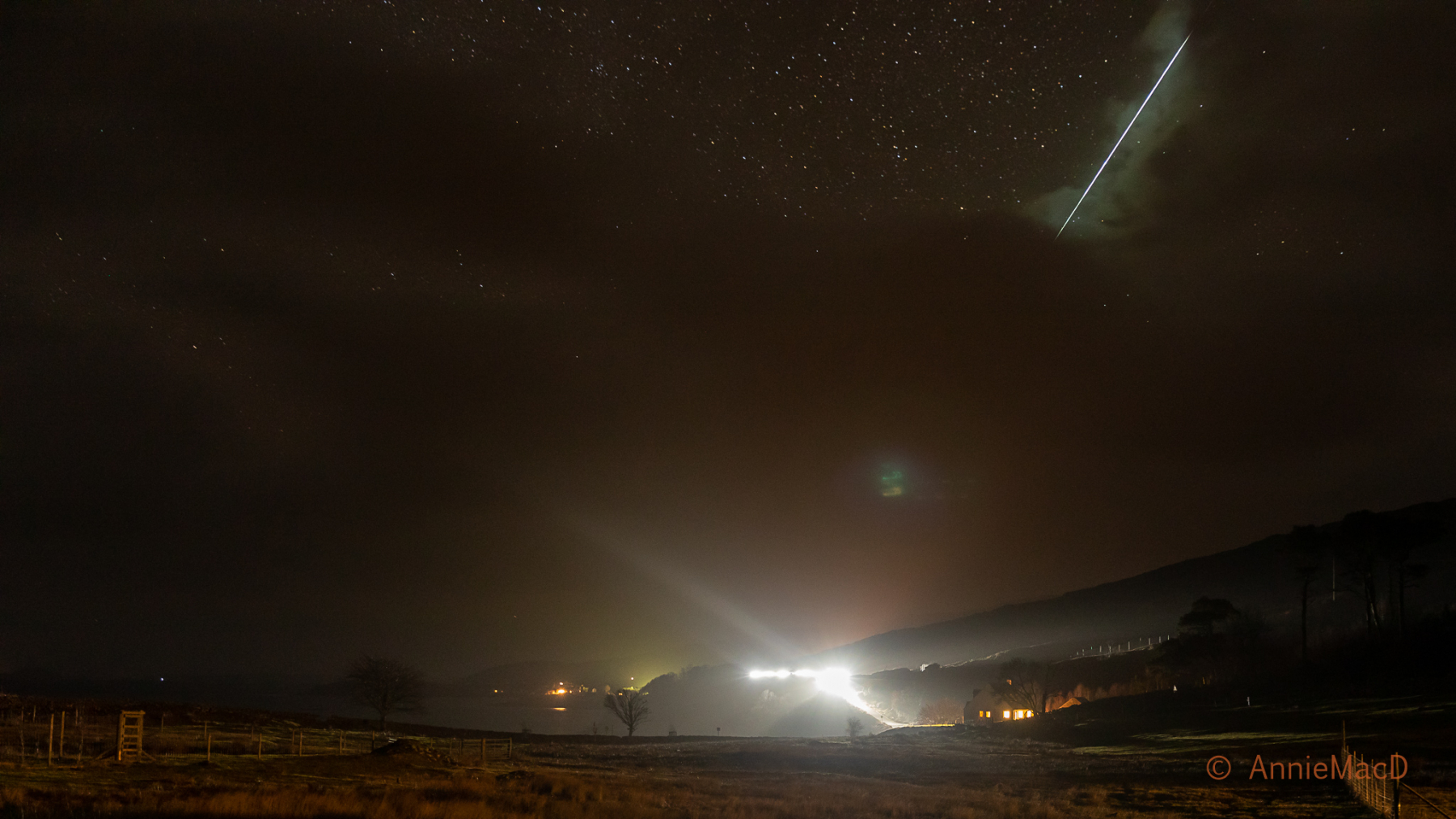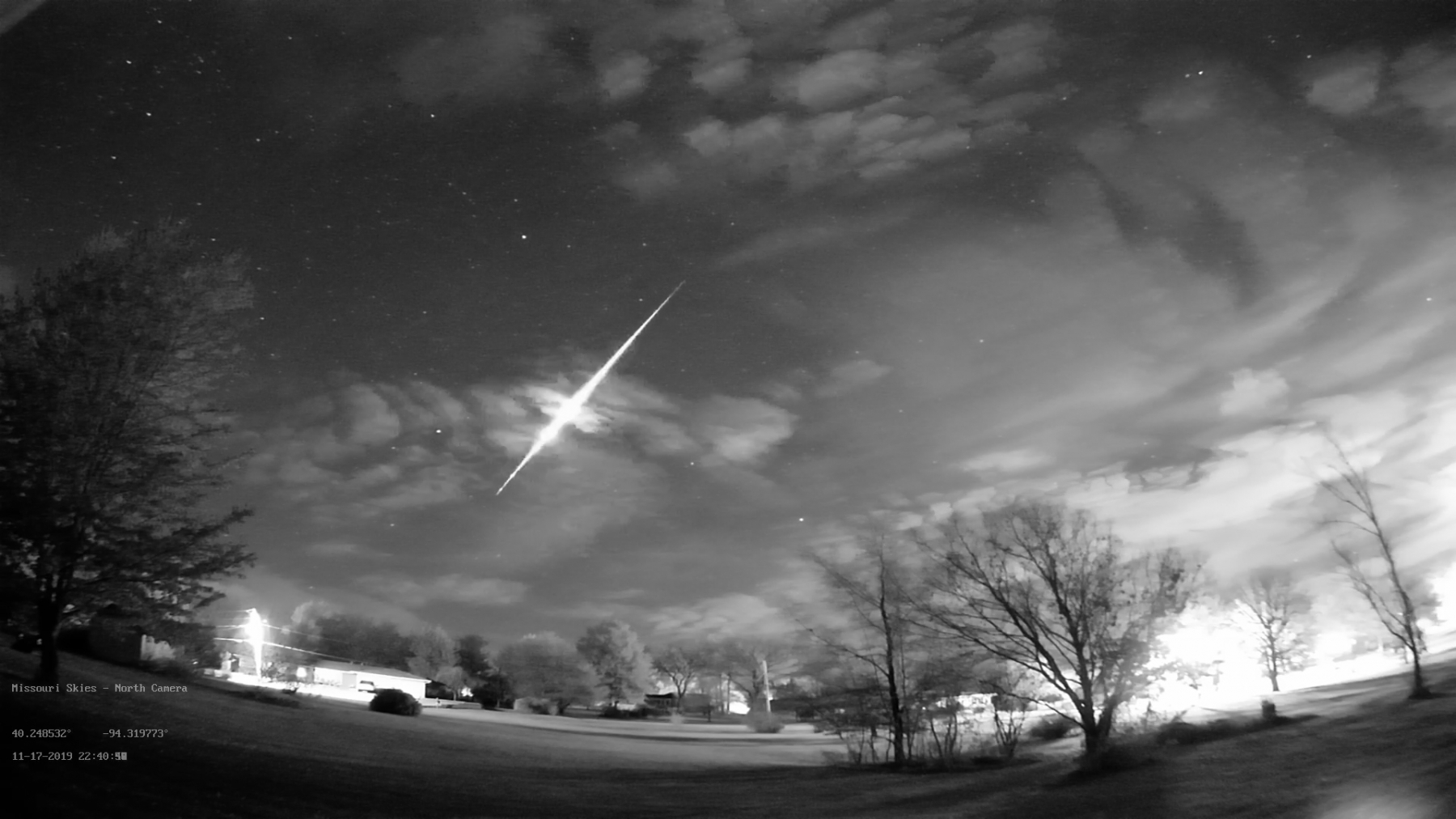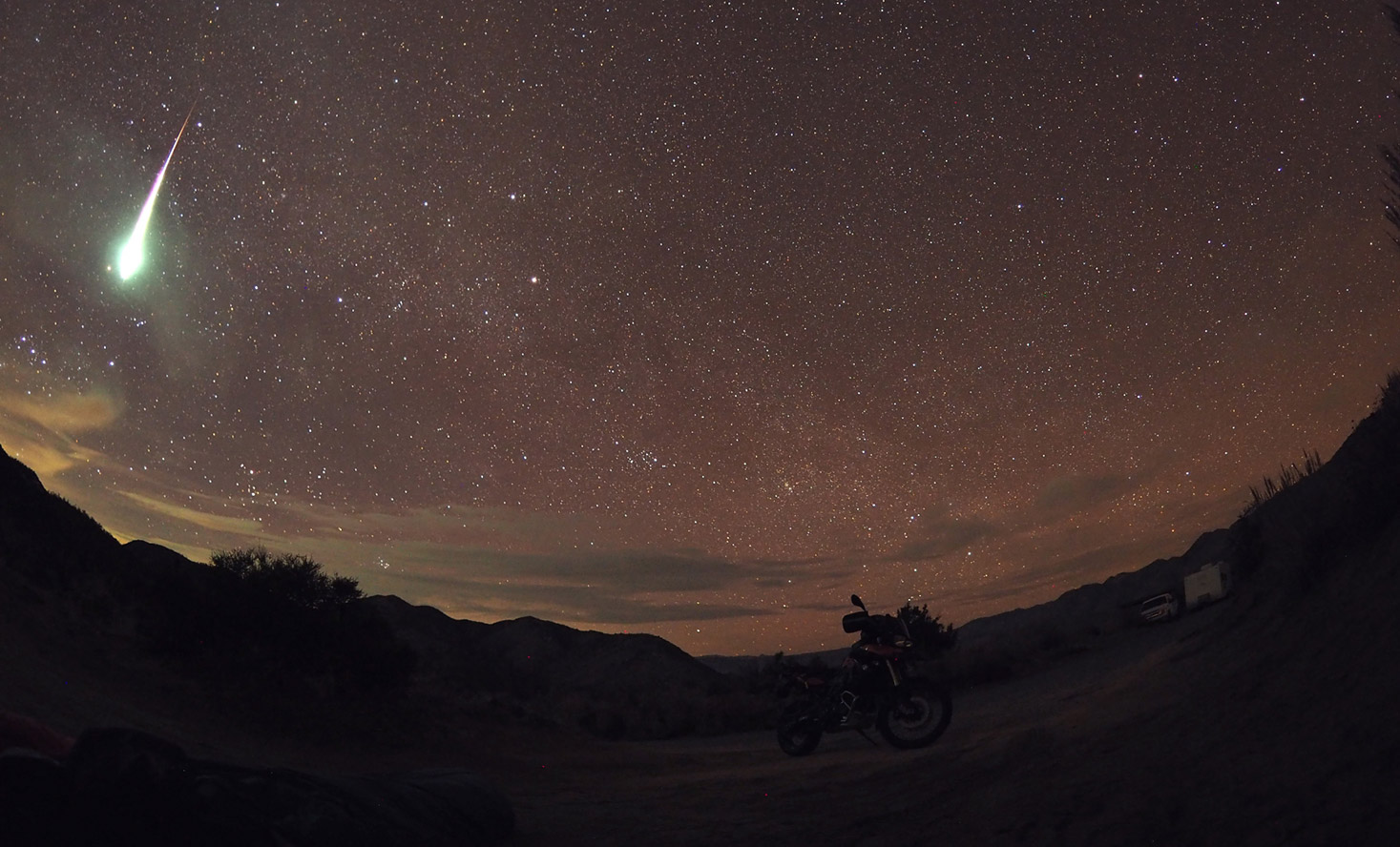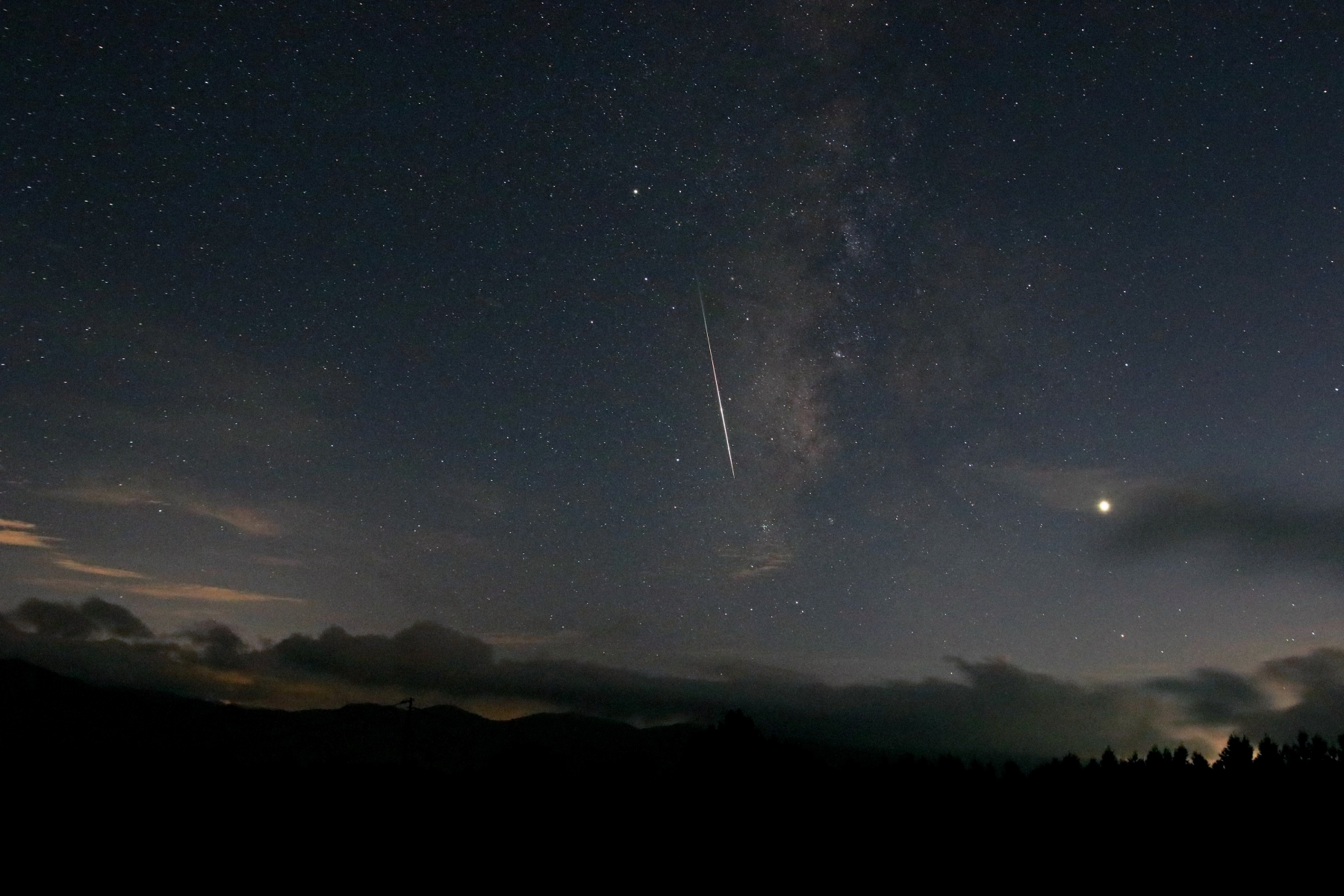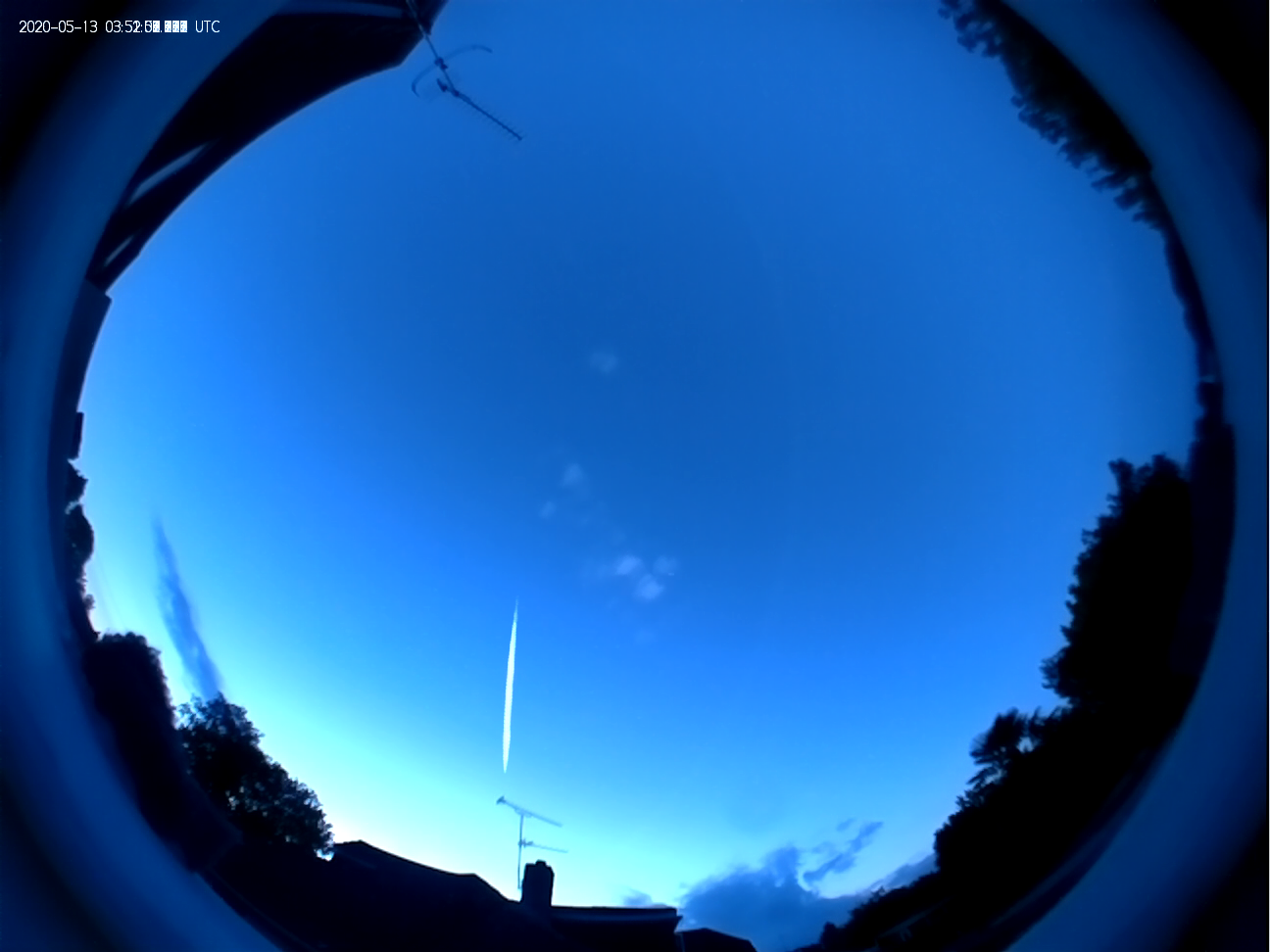
Meteor Activity Outlook for 30 May- 5 June 2020
During this period, the moon reaches its first quarter phase on Saturday May 30th. At this time, it is located 90 degrees east of the sun and sets near 02:00 local daylight saving time (LDST). As the week progresses the waxing gibbous moon will start intruding on the morning sky, shrinking the opportunity to view under dark conditions which each passing night. Toward the end of this period moon set and the start of morning twilight will be simultaneous.
 American Meteor Society
American Meteor Society
